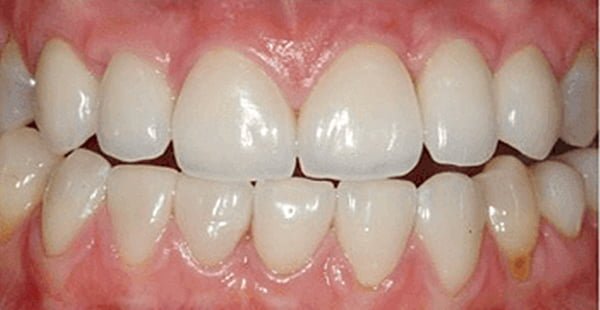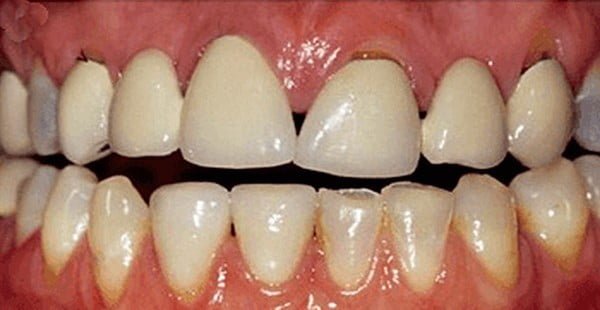Periodontium is the complex of tissues that surrounds the tooth and ensures its attachment to the jawbone. This complex includes gingiva, periodontal ligament that connects the root of tooth to bone socket, alveolar bone, and tooth cement.
Periodontal diseases have one of the leading places among the urgent problems in dentistry. According to the WHO, destructive changes in the periodontium with involvement of the bone tissue in the process are most often identified in persons aged 35 to 44 years — from 65% to 98%, and at the age of 13-19 years — from 55% to 95%. Periodontal disease has negative effect on the digestive function, psycho-emotional sphere, reduces the body’s resistance to the action of infectious and other factors, and results in sensitization of the organism. Patients are disturbed by inflammation, bleeding, and especially by gingival recession (reduction in level), leading to tooth elongation and related aesthetic disorders. Among all periodontal diseases, 90-95% are inflammatory, such as gingivitis and periodontitis.
Gingivitis, periodontitis and periodontosis
- Gingivitis is inflammatory process in the tissues of gingival margin when only the gingival surface tissues are affected.
- Periodontitis is inflammatory process that involves all periodontal structures. It is characterized by destruction of periodontal junction and progressive destruction of alveolar processes of jaw bones.
- Gingivitis and periodontitis are two interrelated forms of the disease, because the inflammatory process occurs first in the gum tissues, and gradually it involves the underlying structures of the periodontium: the gingival ligament and alveolar bone.
Periodontal disease is based on an atrophic-dystrophic process in the periodontal tissues. The disease has quite scarce symptoms and a slow course. Its cause has not yet been discovered.
What brings patients to the doctor? Mostly it is a cosmetic defect, which means that the roots of the teeth are being exposed. Patients complain that «the gums are settling and the teeth are getting long». In some cases, patients are concerned about gum itching as well as pain from the exposed necks of the teeth.
There is no etiotropic treatment for periodontal disease as the cause of disease has not been identified. Only symptomatic treatment, that is, the elimination of hypersensitivity of the teeth, massage or auto-massage of the gums to correct trophic disorders, filling the so called wedge-shaped defects, is carried out. Sometimes vestibuloplasty is prescribed.




